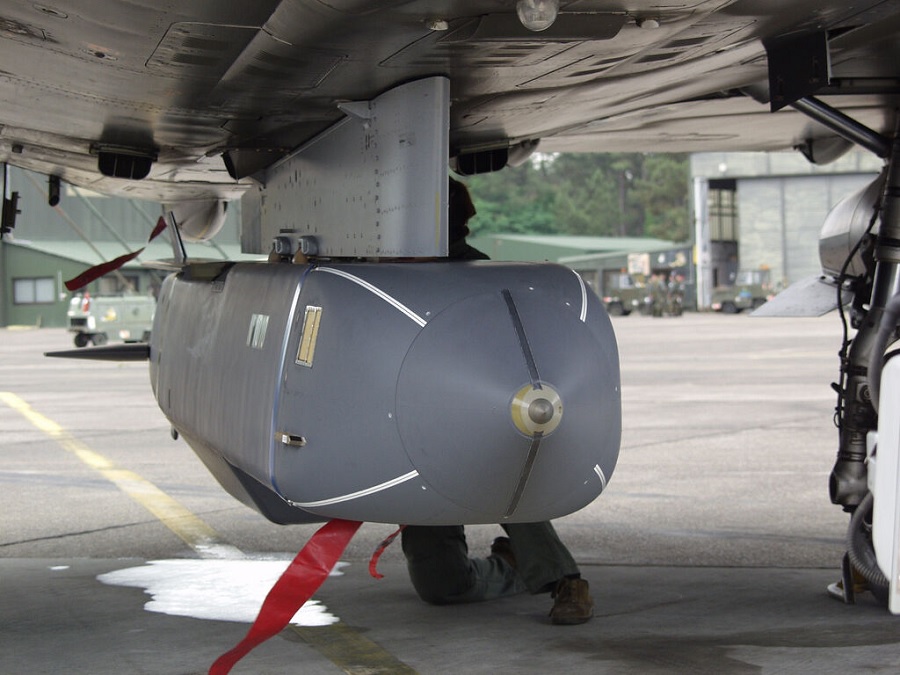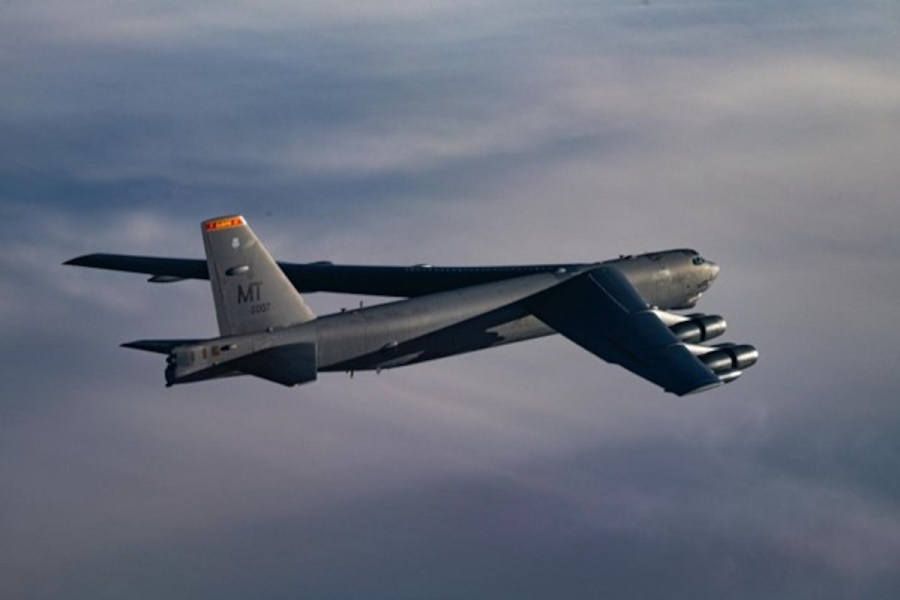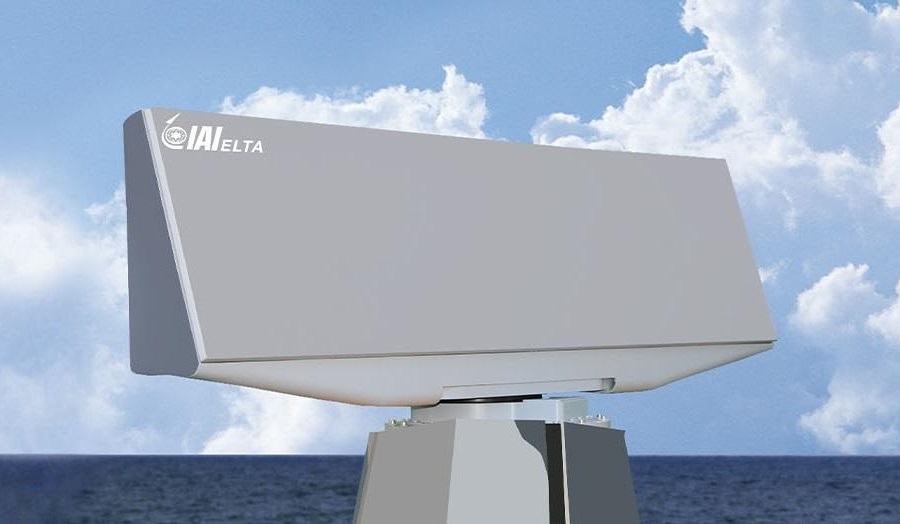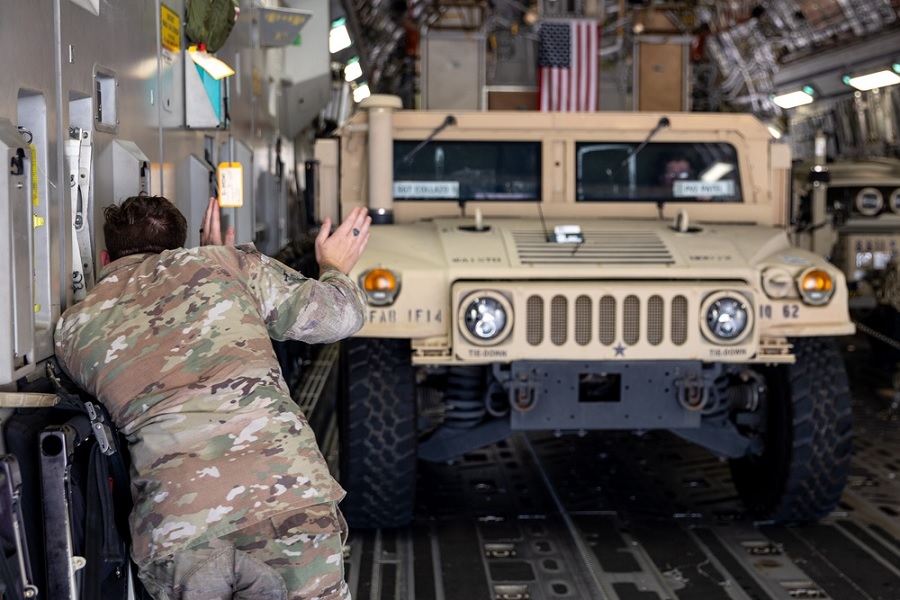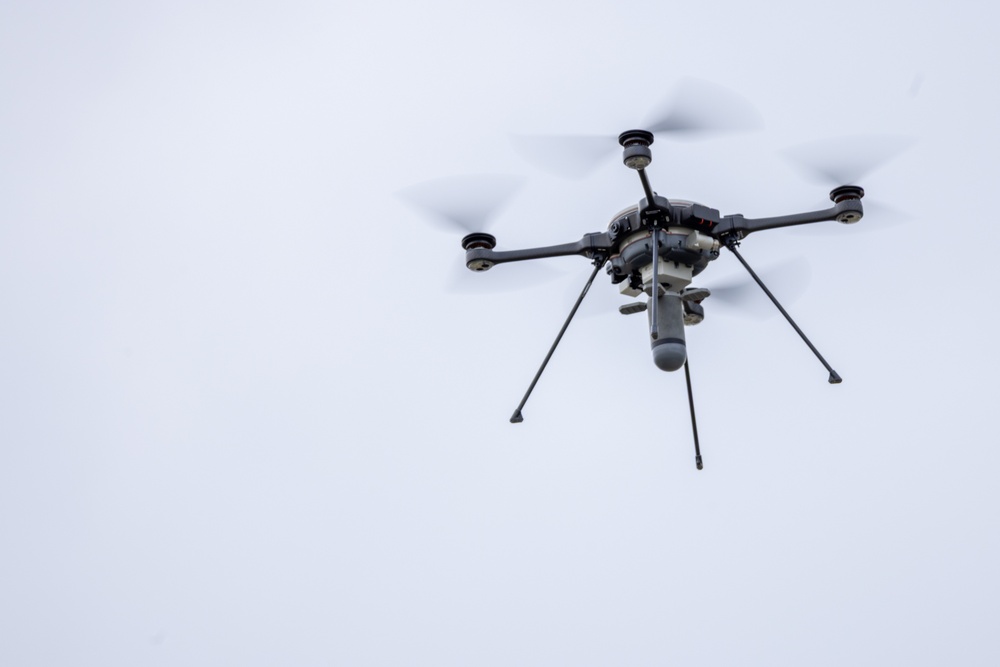Major General Glenn Dean, Program Executive Officer for Ground Combat Systems, confirmed that a “full and open” competition will begin in mid-February. The first phase will focus on testing mature platforms, with no immediate downselection, as companies will be awarded contracts to participate.
The number of competing firms has not been disclosed, but participants will undergo “competitive evaluation testing” through 2026. The feedback from this phase will inform the selection process for Phase II, with contracts awarded to those progressing to the next stage in early 2027.
The U.S. Army intends to field the new self-propelled howitzer by 2030. While a formal request for proposals has not yet been issued, the key evaluation criteria will include range, precision, and volume of fire.
Mobility and supportability will also be critical considerations, ensuring the artillery system can deliver effective and sustained fire support. Additional factors such as rate of fire, reloading efficiency, and rapid movement between firing positions will be assessed.
The decision to launch a new competition follows the cancellation of the Extended-Range Artillery Cannon program, which aimed to extend the range of the M109 Paladin howitzer to 70 kilometres (43 miles). Recent international assessments have helped the Army identify potential solutions to address capability gaps.
While specific competitors have not been confirmed, the Army has previously evaluated self-propelled howitzers from companies including BAE Systems, Hanwha Defense, Rheinmetall, Elbit Systems, and General Dynamics. The upcoming competition will further refine the selection process to meet future operational needs.

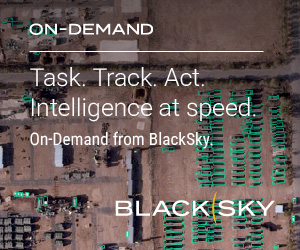


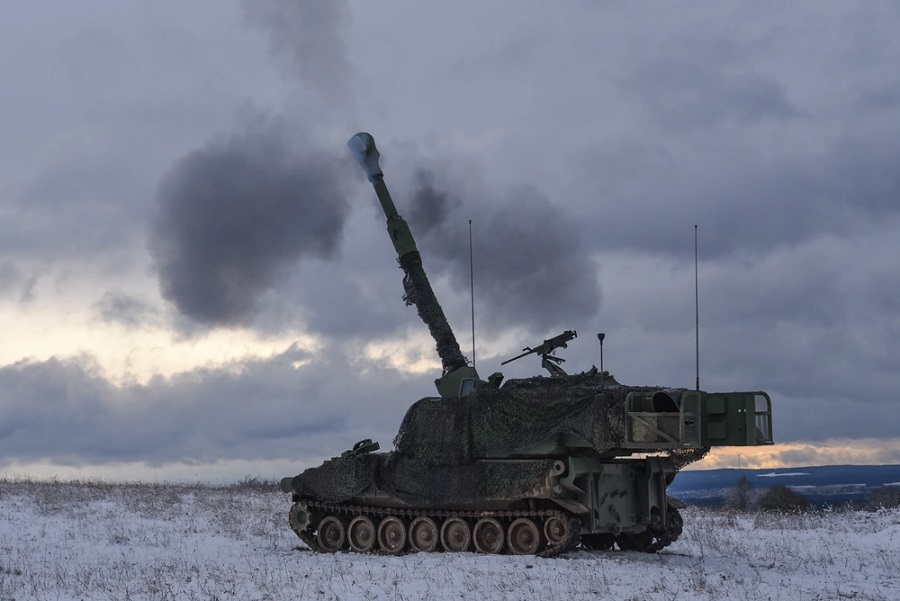


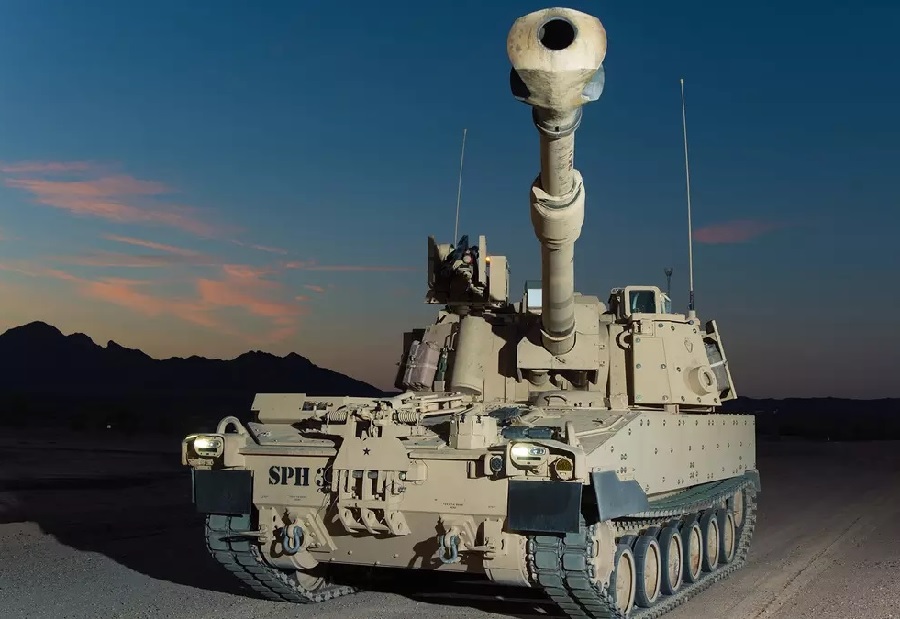
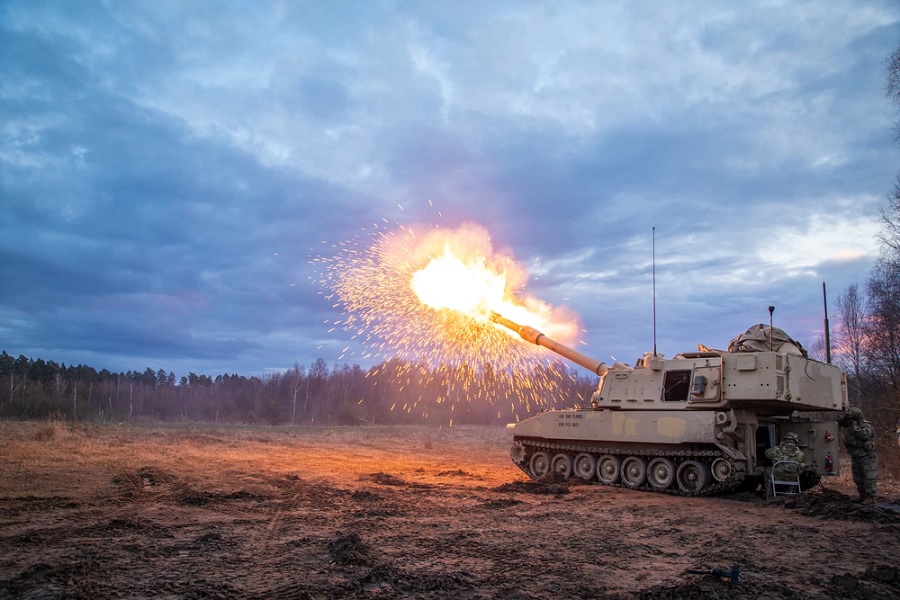
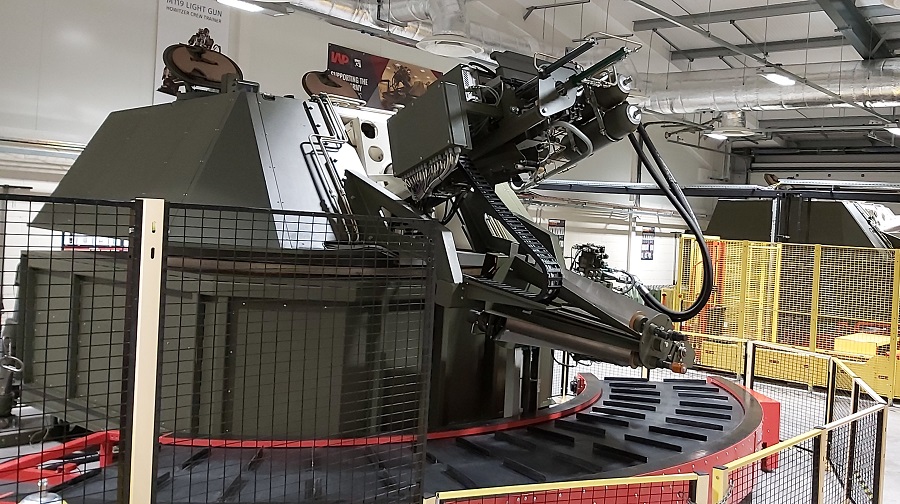

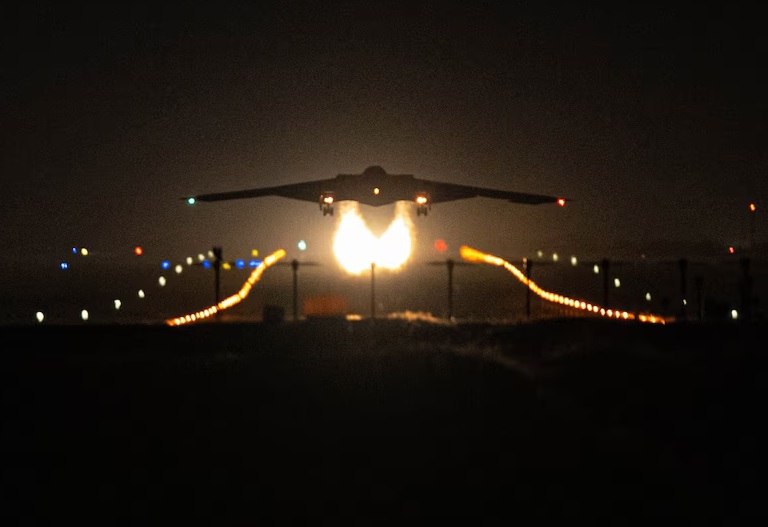
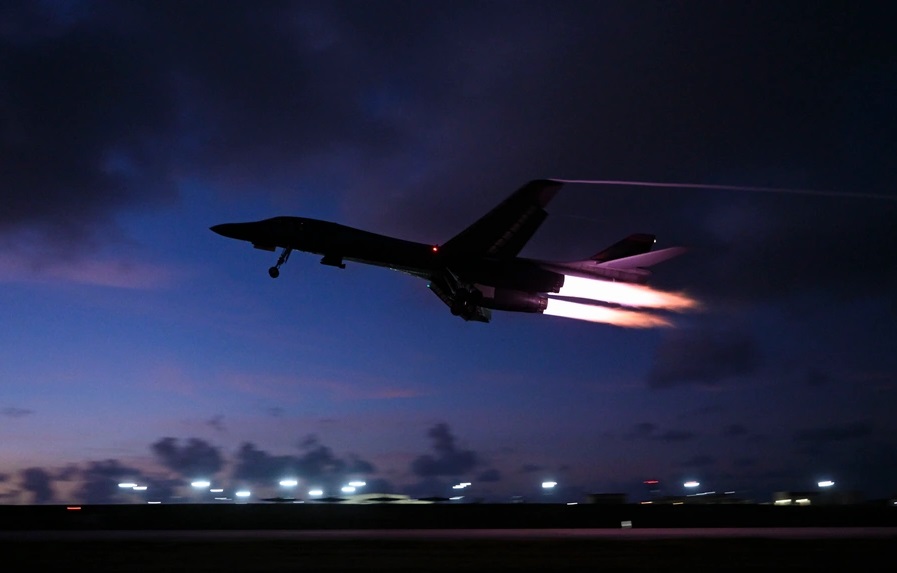
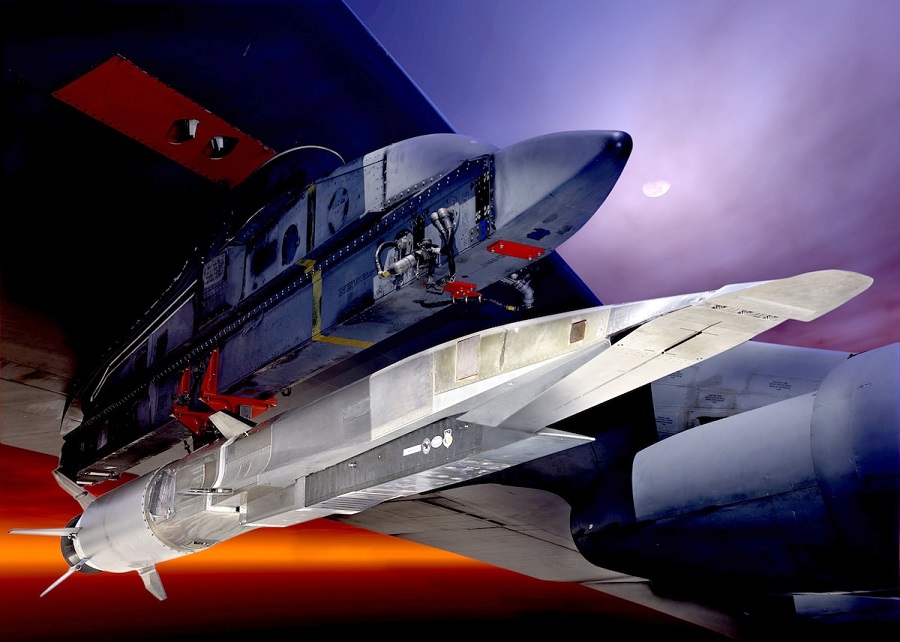
![Northrop Grumman conducts successful test of Mars ascent rocket motor [VIDEO]](https://defence-industry.eu/wp-content/uploads/2025/07/Northrop-Grumman-conducts-successful-test-of-Mars-ascent-rocket-motor-VIDEO.jpg)
